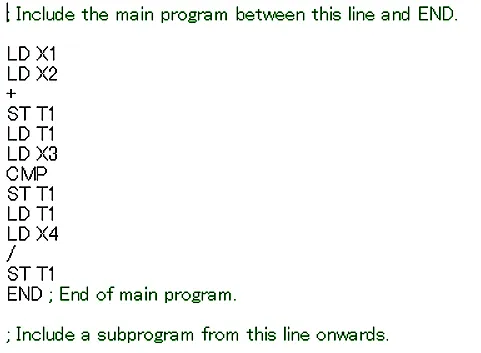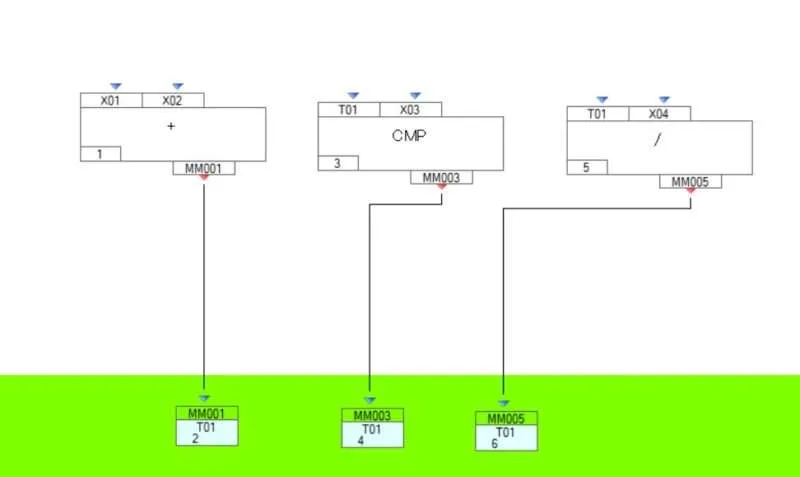The Yokogawa YS1700 is a programmable logic controller (PLC) that was launched by Yokogawa, a leading provider of industrial automation and control solutions. Although the exact launch date is not known, it is believed to have been released around 2008, based on the discontinuation of its predecessor, the Yokogawa YS170.
The YS1700 offers a range of upgrades and new features compared to its predecessor, including a new LCD display, a shorter body length, and increased programmability with 1000 steps of text program and 400 modules of function block programs. These enhancements make the YS1700 a versatile and powerful controller for a wide range of industrial automation applications. It is widely used in various industrial sectors such as Water treatment, Oil and Gas, Pharmaceuticals and chemical industry.
Text Program
Yes, that’s correct. The text program in the Yokogawa YS1700 is a series of instructions that tell the controller what actions to perform. It is similar to the instruction code used in microprocessors like the Motorola 6800. The increased number of steps from 200 in the YS170 to 1000 in the YS1700 makes the YS1700 a more powerful controller, capable of handling more complex and sophisticated automation tasks.
The increase in number of steps in the text program allows for more detailed and precise control over the automation process, making it a suitable choice for demanding industrial applications. Additionally, the 400 modules of function block programs available in the YS1700 provide even more flexibility and programmability, making it a versatile and powerful option for a wide range of industries.
Furthermore, the YS1700 also offers an intuitive user interface, which makes it easy for operators to program and monitor the controller. The improved LCD display allows for clear and easy-to-read information, making it easier for operators to quickly identify and troubleshoot any issues that may arise.
Function Block Programming
Function Block Diagram/Programming is a method of programming that uses graphical elements, such as blocks and connectors, to represent the functionality of a program. This approach is commonly used in the programming of Programmable Logic Controllers (PLCs) and is intended to make programming more intuitive and user-friendly.
Text Program vs. Function Block
Text programs, also known as “ladder logic” or “instruction list” programming, involve the use of text instructions to define the functionality of a program. This approach can be challenging for some users, especially when the program becomes large and complex. It can be difficult to understand the overall structure and flow of the program when it is represented solely as a long sequence of text instructions. This becomes even more difficult when the program reaches the maximum number of steps, which in the case of the 1000 steps, it makes it challenging to maintain, troubleshoot and update.

Function Block Diagram/Programming is a more modern method than text-based programming because it uses graphical elements to represent the functionality of a program, making it more intuitive and user-friendly. It also allows for better organization and modularity, making it easier to update and maintain. The visual representation also facilitates collaboration and communication. Overall, it provides benefits over traditional text-based programming methods.


